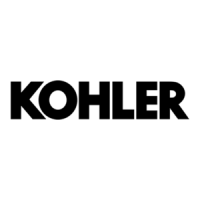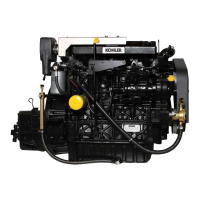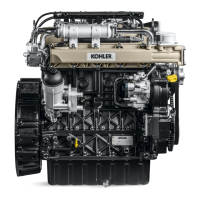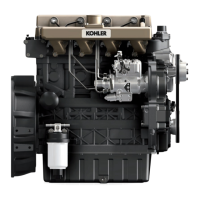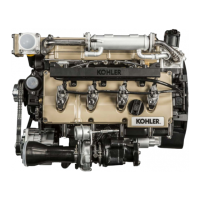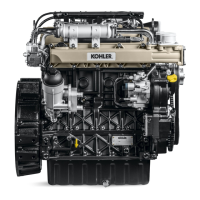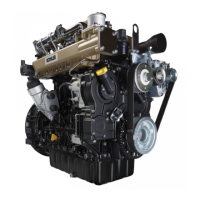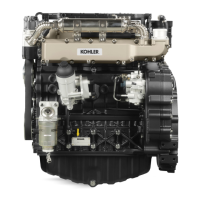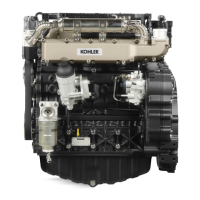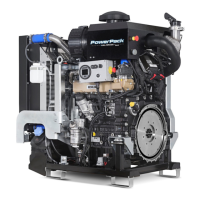2
TECHNICAL INFORMATION
EN 46
•
Before assembling the turbocharger, make sur
e
tha
t the protection caps are fitted on all
openings of the turbo.
•
Ensure pre-lubrication of the turbocharger.
•
Periodically check that the joints are sealed
against oil and air.
•
Use lubricating oil according to the
specifications described in Par. 2.4.
•
Check the engine oil level.
•
Before switching it off after it has been used,
make the engine run idle, or without a load, for
approximately 1 minute.
•
Ensure that controls and maintenance intervals
of the engine are observed as specified in Tab.
2.8 and 2.9.
•
Make sure that the engine and equipment ar
e
u
sed correctly so as not to compromise the life
of the turbocharger.
What not to do:
• Do not store turbocharges in damp,
wet places if they are not in their
original packaging.
• Do not expose the turbocharger to dus
t
a
nd dirt if it is not in its original
packaging.
• Do not lift of hold the turbocharger from
the actuator rod if it is not in its original
packaging.
• Do not apply additives to the lubricating
oil and fuel, unless instructed to do so
by Kohler.
• Do not increase engine speed, or apply
loads, immediately after start-up.
• Do not intervene on the actuator
settings A (Fig. 2.52).
• Do not let the vehicle / engine run a
t
i
dle speed for more than 20-30 minutes
at a time.
2.18.2 Practical operating rules
U
sers can help to maximise the duration of their
turbocharger by following the rules described below.
1.
Start-up Start the engine at idle speed, or
without a load, for approximately one minute.
Oil operating pressure is reached within a few
seconds and enables the moving parts to warm
up and be lubricated.
Immediately increasing the engine speed upon start-up
means making the turbocharger run at high speed with
suboptimal lubrication, which may compromise the life
of the turbocharger.
2.
After maintenance or a new installation
Proceed with pre-lubrication by filling new oil
into the oil supply duct B until filling i
t
co
mpletely. Start the engine at idle speed, or
without a load, for a few minutes in order t
o
ensure that the oil and bearings system operate
s
atisfactorily.
3.
Low temperature air or engine inactivity
If the engine has been inactive for some time, or
the air temperature is very low, start the engine
at idle speed or without a load for a few
minutes.
4.
Engine shutdown
Before switching the engine off after intens
e
act
ivity, one must allow the turbocharger to cool
down. One must therefore let the engine run at
Fig 2.52
Fig 2.53
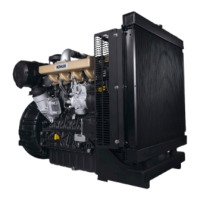
